 The Symbian Foundation, the custodians of the Nokia-led open source mobile OS of the same name, has published a concept video showcasing the User Interface changes we can expect in version 3. The UI is seen as a major weakness of Symbian, especially as it transitions away from its S60 ‘scroll-and-click’ non-touch roots to something more finger-friendly. So how is Symbian S^3 shaping up?
The Symbian Foundation, the custodians of the Nokia-led open source mobile OS of the same name, has published a concept video showcasing the User Interface changes we can expect in version 3. The UI is seen as a major weakness of Symbian, especially as it transitions away from its S60 ‘scroll-and-click’ non-touch roots to something more finger-friendly. So how is Symbian S^3 shaping up?
Pretty darn good, if the video is to be believed.
The UI borrows plenty from the iPhone but also adds a splattering of Palm-esque app switching – similar to WebOS’ card view (see review) – as well as building on some of Nokia’s own UI ideas, such as the widgetized home screen we first saw on the N97. Only this time there are revolving homescreens – Android-style – so that a user can access many more widgets.
Check out the video after the jump…
Continue reading »
 3UK’s CEO talks about how the network is planning to address its ‘legacy perception problem’ and why bidding for the iPad would be like trying to sign a premiership footballer
3UK’s CEO talks about how the network is planning to address its ‘legacy perception problem’ and why bidding for the iPad would be like trying to sign a premiership footballer Now that the dust has settled and I’ve had time to gather my thoughts, here’s what I make of the iPad, Apple’s own take on the tablet computer.
Now that the dust has settled and I’ve had time to gather my thoughts, here’s what I make of the iPad, Apple’s own take on the tablet computer.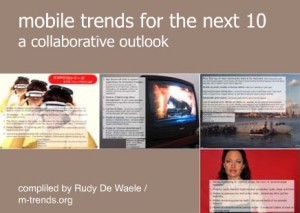 Rudy De Waele (
Rudy De Waele (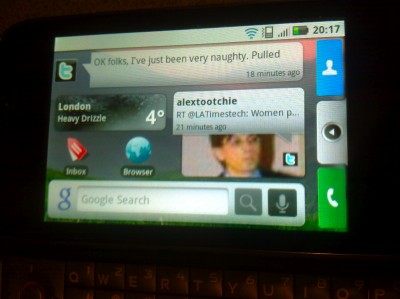 It seems that 2009 is the year of the comeback handset. Palm saw its
It seems that 2009 is the year of the comeback handset. Palm saw its 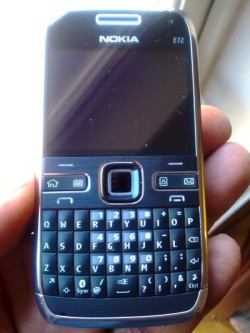 Regular readers of last100 will know how much I like Nokia’s QWERTY touting E71, with it superb keyboard and BlackBerry-esque – only more svelte – form factor. I was therefore really looking forward to the E72 (see ‘
Regular readers of last100 will know how much I like Nokia’s QWERTY touting E71, with it superb keyboard and BlackBerry-esque – only more svelte – form factor. I was therefore really looking forward to the E72 (see ‘ The Guardian has released a paid-for iPhone (and iPod touch) app that makes reading the UK newspaper on Apple’s device a truly smartphone experience.
The Guardian has released a paid-for iPhone (and iPod touch) app that makes reading the UK newspaper on Apple’s device a truly smartphone experience.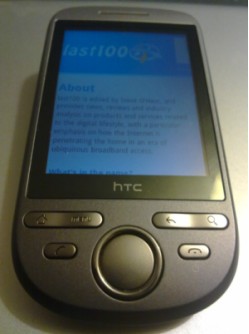 First, a quick confession: I had no intention of reviewing the HTC Tattoo. Why? On paper at least, it’s a poor man’s
First, a quick confession: I had no intention of reviewing the HTC Tattoo. Why? On paper at least, it’s a poor man’s 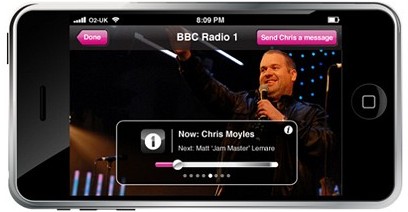
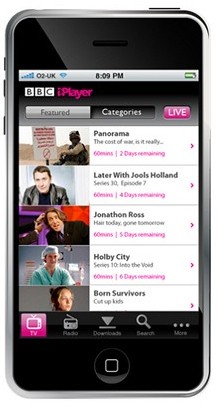 It looks like a proper iPlayer app for the iPhone (and iPod touch) is
It looks like a proper iPlayer app for the iPhone (and iPod touch) is